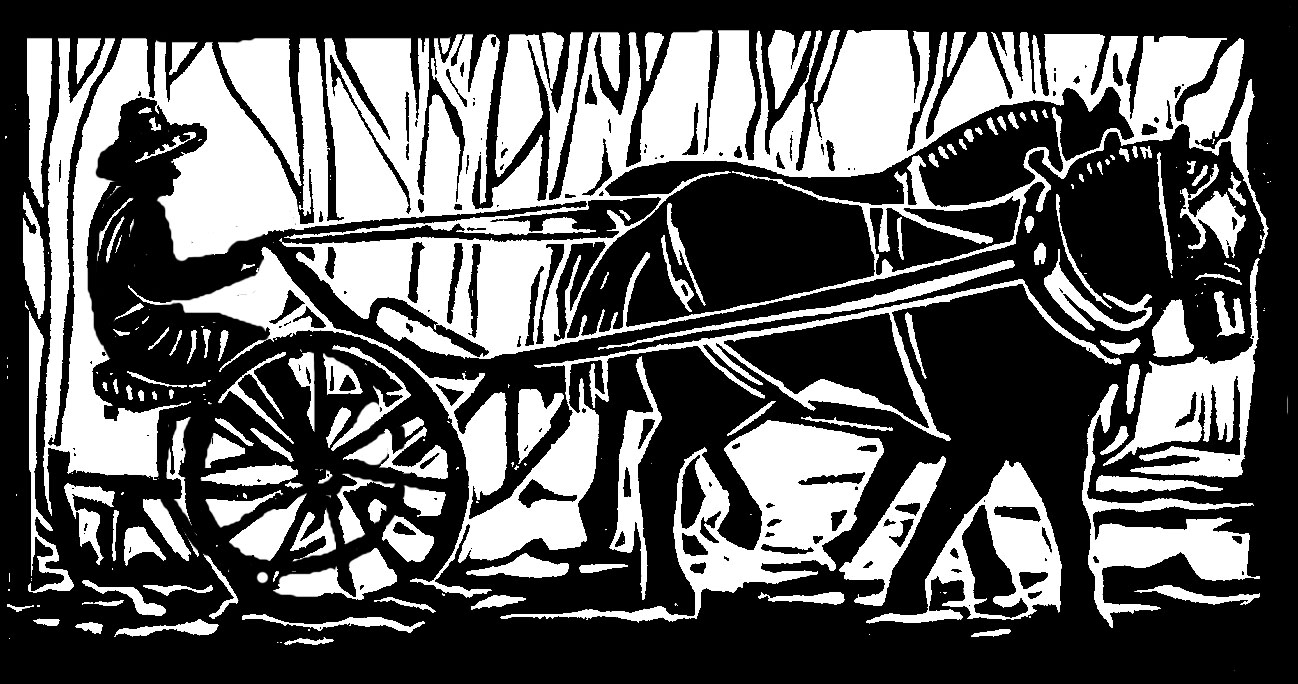We farmers give funny presents. Once, when a friend was celebrating a birthday in a big way, we brought a five gallon bucket of paste tomatoes and a monster zucchini as gifts. To our friend's credit, he received this gift fully and laughingly.
At Christmas and the winter holidays, we keep it up, giving jars of home-grown and home-canned pickles and tomato sauce and relishes and applesauce and jams and jellies, and pretty baskets of potatoes and onions and beets. Mostly people seem pleased by our practical farmy presents, and mostly we are very pleased to give them. But there is one Christmas present that at least one of us farmers has lived to regret.
It sure seemed like a great idea at the time: a wonderful gift for my wonderful farming fellow! I wrote a note on a piece of paper, decorated it with hammers and drills, nails and screws and wrenches, all festively twined around with wire. Then I cut up the piece of paper, making a puzzle. I wrapped it up, and give it to my fellow for Christmas.
It was a tricky puzzle; it took a long time to solve. But imagine my fellow's delight when he finally read the note: “I will help you solve the puzzle of your tool area!”
The tool area is in a corner of our barn, and it is also where my marginally organized, marginally tidy, highly tolerant of clutter and junk fellow has soared to new heights.
The place is about five by ten feet, with shelves and a bins and a tool bench. It used to be a jumble of junk, but then a CSA member bartered carpentry for vegetables, and made a lovely new tool area. I was delighted. Finally a solution to never being able to find the wire cutters! the locking pliers! the chisel! I hung up hammers and screwdrivers and saws in perfect rows. I made bin labels, in bright colors: House. Fence. Car. Irrigation. Plow. Greenhouse. Wood screws. Giant Bolts. Nuts. Washers.
Now, five years after the new tool area was built and beautifully organized, it looks like this: a jumble of junk.
My fine fellow comes home from the dump, thrilled with the metal buckets of loose screws, nuts, bolts, nails, hinges, latches, and who knows what else, that the nice man at the dump saved especially for us. Or it's time to get the hay in the barn, and the incredible crammer and jammer farmer picks up every vital project he's strewn around the barn floor, and tosses it all into the tool area. Wooden apple crates to be fixed, bags of torn row cover, cultivator discs needing repair, empty cardboard boxes, broken chairs.
Thus the tool area is knee-deep, and, driven mad by the disaster, I now refuse to enter its bowels. I have learned to give my fellow a good amount of lead time when we work on a project requiring tools together. It takes him a long time to find that hammer and nails, that saw and chisel, those fence tools and staples.
Even he, generally unbothered by such minor details of disorder, has been known to swear and groan at the tool area. He asks for me for advice. I just shake my head and laugh. He asks a friend for advice. The friend looks at the tool area, shakes his head and laughs. “You've got to take it all out, and start over again.”
Now that's the very phrase that got me into present-giving trouble. It sounded so promising, so perfect for the the more spacious winter months of a vegetable farmer and the winter holidays and New Year's resolutions and the like.
So I made the puzzle. I gave my fellow the gift, such a nice practical sustainable you-won't- have-to-spend-three-hours-looking-for-a-certain-size-drill-bit-and-then-drive-off-to-the-hardware-store-in-a-fit-of-despair-to-buy-another-one present.
But that was two years ago, and the truth is I haven't put a foot into that dreadful tool area since. I want to do it. I mean to do it, to give such a nice gift to my nice fellow, even with the full knowledge that the tool area would revert back to a jumble of junk with in a matter of years, or weeks, or maybe even days.
But I stand at the threshold of the tool area, and I tremble.
No, I haven't yet made good on my present. But I have given my farming fellow the gift of the perfect non-organizing jumble of junk excuse: “But you said you'd help me!”
Originally published in the Monadnock Shopper News, Dec 24 – Dec 30, 2014



